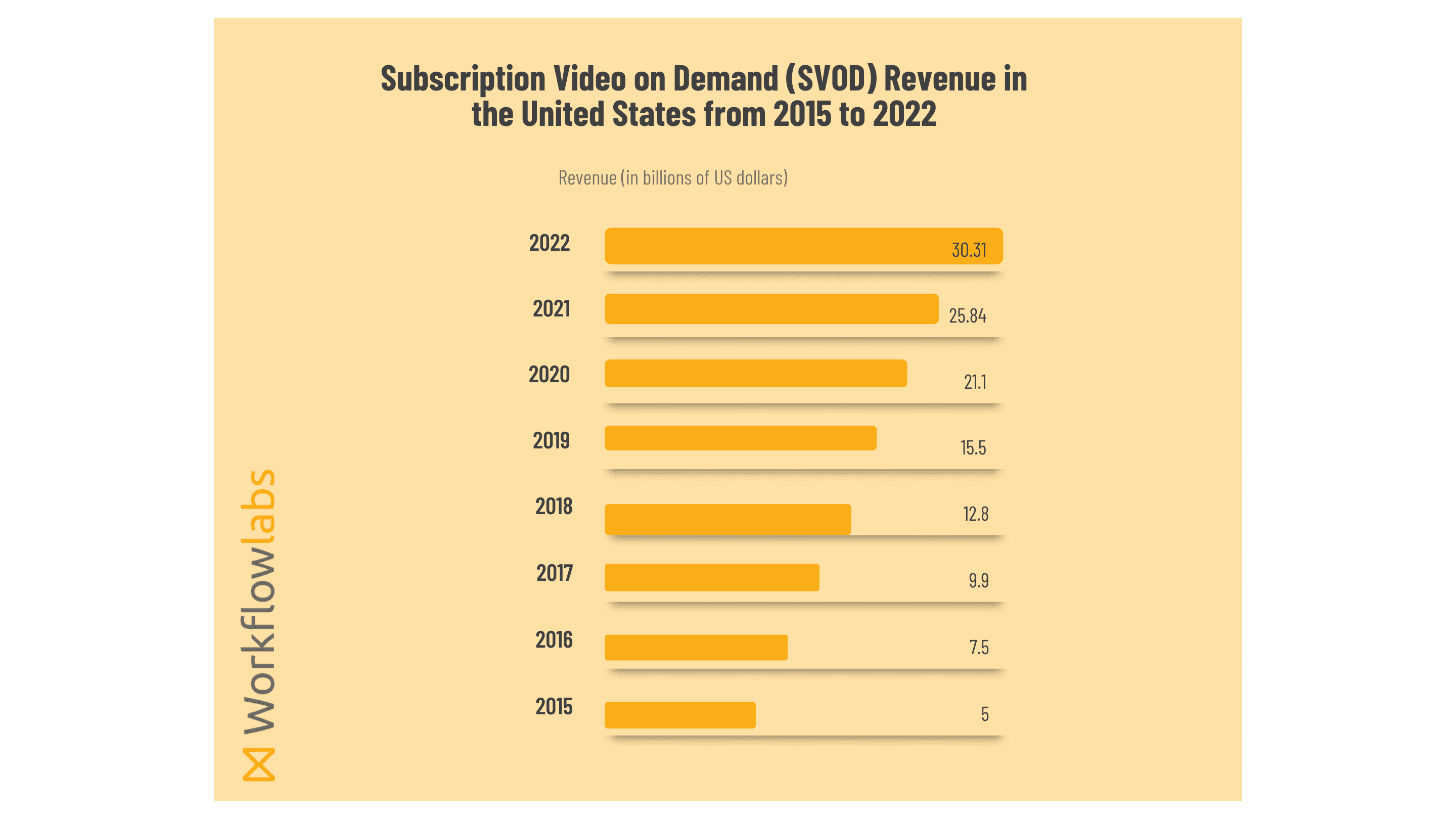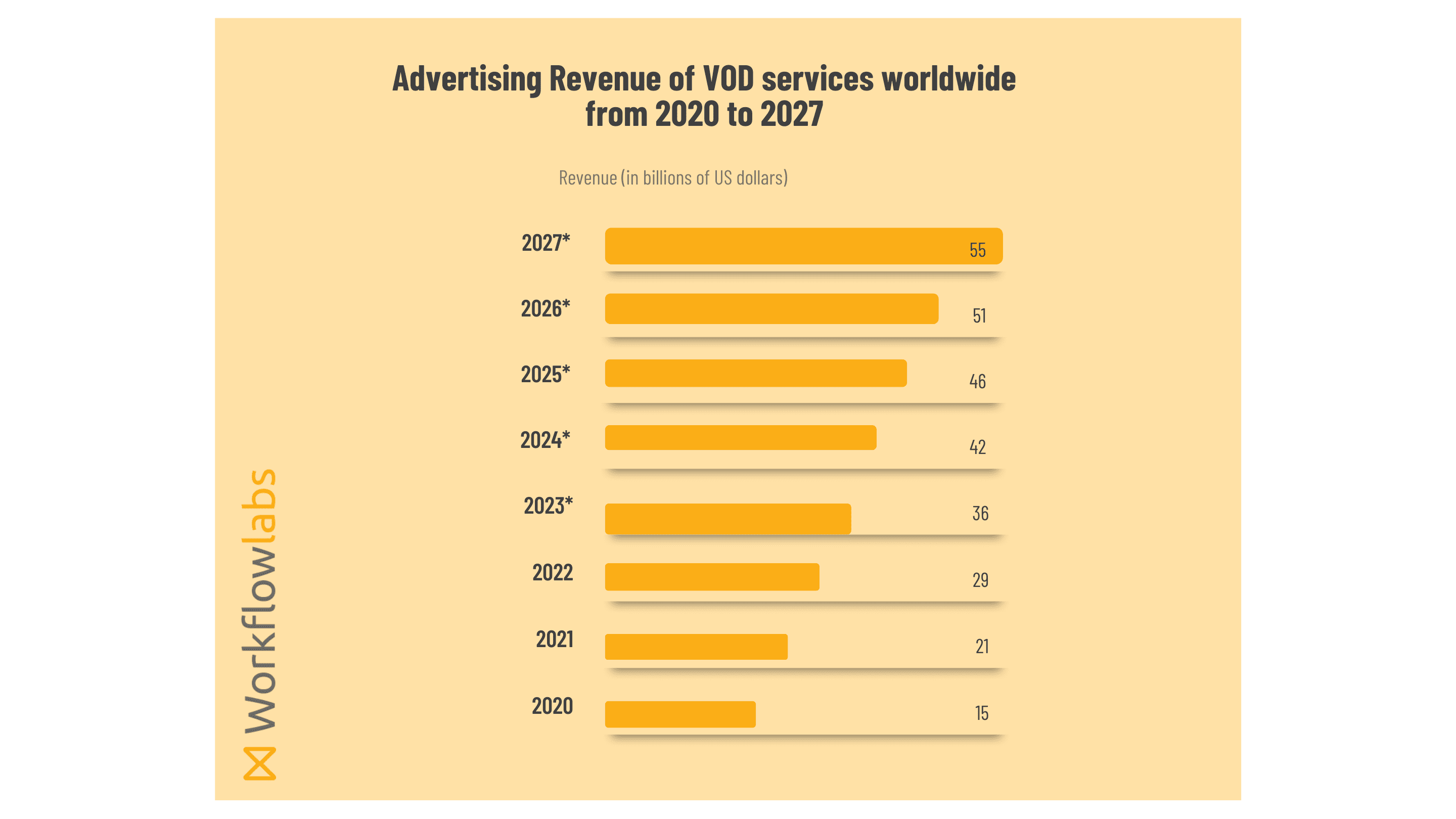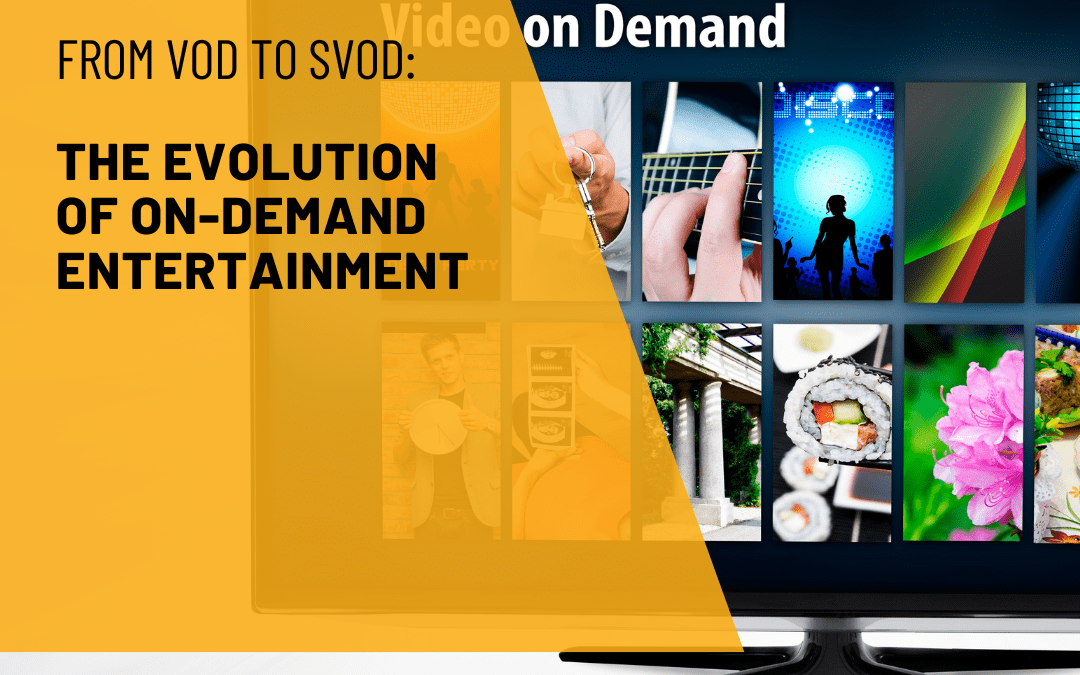Introduction
In the dynamic landscape of entertainment, the concept of VOD, or Video on Demand, has revolutionized how we consume content. Understanding the VOD meaning is essential to grasp the transformative journey it has taken, giving rise to AVOD, SVOD, and TVOD. In this blog, we’ll explore the evolution of on-demand entertainment, shedding light on the significance of VOD and its various forms.
VOD Meaning: Unveiling the On-Demand Revolution
VOD, an acronym for Video on Demand, refers to a system that allows users to access video content at their convenience. Unlike traditional broadcasting, VOD empowers viewers to choose what to watch and transforms the way we experience entertainment. The VOD meaning extends beyond a simple definition; it represents a paradigm shift in how audiences engage with movies, TV shows, and other video content.
AVOD, SVOD, TVOD: Decoding the Alphabets of On-Demand
-
AVOD: Ad-Supported Video on Demand
AVOD meaning involves free access to content, supported by advertisements. Platforms offering AVOD services generate revenue through targeted ads, allowing users to enjoy a wide range of content without subscription fees. The AVOD model has gained popularity for its accessibility and cost-free viewing experience.
-
SVOD: Subscription Video on Demand
SVOD, meaning Subscription Video on Demand, involves users paying a recurring fee for unlimited access to a streaming platform’s content library. This model eliminates ads, providing an uninterrupted and immersive viewing experience. SVOD services like Netflix, Hulu, and Amazon Prime Video have become household names, reshaping the entertainment landscape.
-
TVOD: Transactional Video on Demand
TVOD, meaning Transactional Video on Demand, operates on a pay-per-view basis. Users pay for individual titles or events, allowing them to access specific content for a limited time. TVOD is common for renting or purchasing movies and is often used for premium or time-sensitive content.
The VOD Streaming Revolution
As technology advanced, so did the VOD landscape. VOD streaming emerged as the dominant force, allowing users to stream content directly over the internet. This shift facilitated the rise of VOD platforms that cater to diverse preferences, from movies and TV shows to documentaries and user-generated content.
What Does VOD Stand For in the Modern Entertainment Era?
In today’s entertainment ecosystem, the VOD meaning goes beyond its literal definition. It symbolizes the freedom of choice, flexibility in viewing, and a departure from the rigid schedules of traditional broadcasting. VOD has become synonymous with an on-demand culture that empowers consumers to curate their entertainment experiences.
AVOD vs SVOD: The Clash of Models
The AVOD vs SVOD debate centers around the choice between ad-supported free content and subscription-based ad-free experiences. AVOD platforms rely on advertising revenue, making them accessible to a broader audience, while SVOD services prioritize a premium, ad-free experience for paying subscribers. Each model has its merits, catering to different user preferences and financial considerations.

Analytics:
- As of 2022, global SVOD subscriptions surpassed 1 billion, emphasizing the mainstream adoption of subscription-based on-demand services.
- The average number of streaming services per household increased, with consumers subscribing to multiple platforms to access diverse content.
- Original content production budgets for streaming platforms reached record highs, reflecting the industry’s commitment to creating exclusive and compelling content.
- Advertisers increasingly shifted budgets to digital platforms, with AVOD services attracting attention due to their growing user bases.
These key years and analytics showcase the dynamic evolution of on-demand entertainment, from its inception to the current landscape shaped by streaming, subscription models, and the ongoing pursuit of engaging content.
SVOD vs AVOD: A Glimpse into the Future
As the AVOD vs SVOD debate continues, it’s clear that both models have a place in the evolving landscape of on-demand entertainment. The future may witness a hybrid approach, where platforms offer a combination of free, ad-supported content alongside a premium, subscription-based services. This synthesis aims to strike a balance between accessibility and a seamless, uninterrupted viewing experience.

Conclusion: Navigating the VOD Spectrum
In conclusion, understanding the VOD meaning is key to appreciating the evolution of on-demand entertainment. From the simplicity of VOD to the choices presented by AVOD, SVOD, and TVOD, the landscape continues to expand, providing consumers with more options than ever. As we navigate this spectrum of on-demand content, one thing remains certain—the revolution sparked by VOD is far from over.

